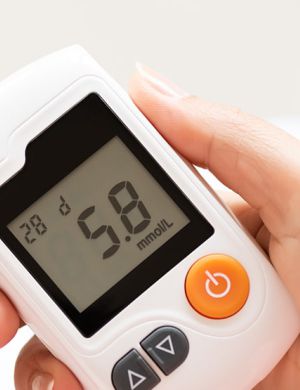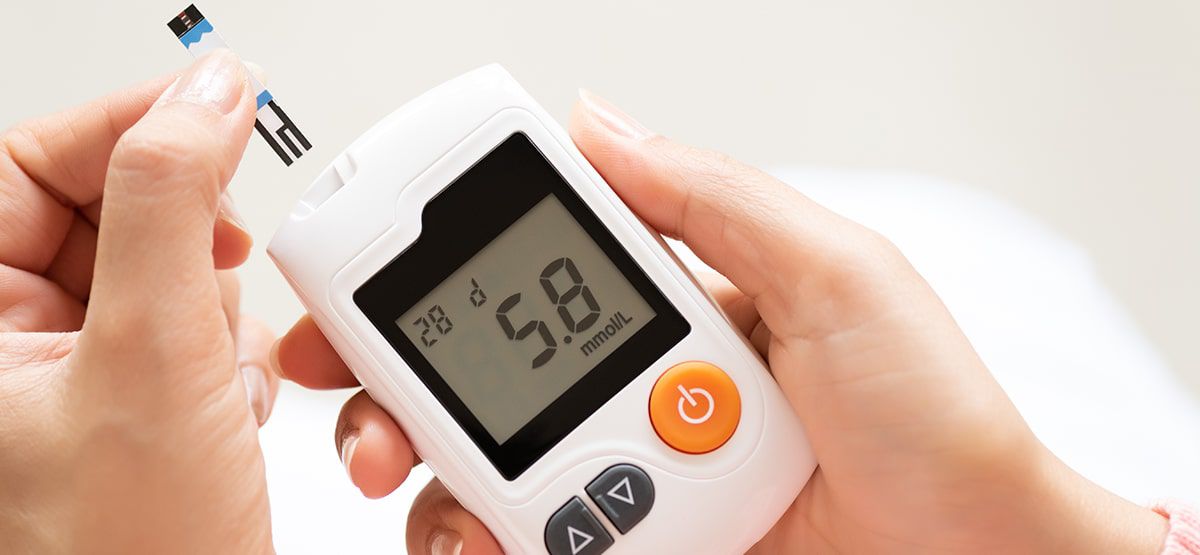
An Overview of European Unique Device Identification System
The Medical Device Regulations (EU 2017/745, EU 2017/746) introduce the Unique Device Identification (UDI) system to unambiguously identify medical devices within the global supply chain. The main features of the UDI system are outlined in Art. 27 to 31 and Chapter III and Annex VI of the regulations, but further guidance is expected from the EU Authorities.
The new system will be applied to all medical devices except custom-made and performance study/investigational devices and is substantially based on internationally recognized principles, notably by using definitions that are compatible with those used by major trade partners.
Basic UDI-DI:
The EU regulations introduce a “Basic UDI-DI” intended to group devices with the same intended purpose, risk class, essential design and manufacturing characteristics. Basic UDI-DI is a numeric or alphanumeric code.
The Basic UDI-DI is the main access key for device-related information in the EUDAMED database and should be referenced in relevant documentation (e.g. certificates, declaration of conformity, technical documentation and summary of safety and clinical performance) with the device model. It also connects medical devices with same intended purpose, risk class and essential design and manufacturing characteristics.
Basic UDI-DI shall not appear on the device label or packaging or on any trade item. Any Basic UDI-DI shall identify the devices (group) covered by that Basic UDI-DI in a unique manner.
What is the Unique Device Identification (UDI)?
The Unique Device Identification or UDI system is detailed in Part C of Annex VI of the EU Medical Devices Regulation (MDR). The UDI is a series of numeric or alphanumeric characters that is created through a globally accepted device identification and coding standard. It allows the unambiguous identification of a specific medical device on the market. The UDI on device level is comprised of the so-called:
- Device Identifier (UDI-DI): The UDI-DI is a unique numeric or alphanumeric code that identifies a specific medical device within the product ‘family’. As per Part B of Annex VI of the EU MDR, a new UDI-DI required in case of a change of name/trade name, version/model, use, sterilization requirements, change of quantity in packaging, new indications/warnings. Higher UDI-DIs are linked to the “Basic UDI-DI”; for example, single pack and six pack would have a different UDI-DI but the same “Basic UDI-DI”, same devices but in different language packaging would each have their own UDI-DI, etc.
- Production Identifier (UDI-PI): The UDI-PI that identifies the unit of device production and if applicable the packaged devices, as specified in Part C of Annex VI of the EU MDR. The UDI-PI contains a variable code related to production data of the device, such as lot/batch number, expiry date, manufacturing date, etc.
| UDI-DI = Device Identifier | UDI-PI = Production Identifier |
| Unique numeric alphanumeric code specifies to a model of device i.e. GTIN. | Numeric alphanumeric code that identifies the unit of device production (=batch identifier) and, if applicable, the packaged devices. |
| Used as the ‘access key’ to information stored in a UDI database | Different types of UDI-PIs include serial number, lot number, software identification and manufacturing or expiry date or both types of date. Serial number mandatory for active implantable devices. |
| Must be referenced in Declaration of Conformity |
Unique Device Identification (UDI) Carrier:
As per EU MDR, the UDI carrier has to be placed on the label or packaging of the medical device and on all higher levels of packaging (except shipping containers). This is not equivalent to aggregation as there is no requirement to indicate parent-child relationship information on higher packaging labels. Reusable devices need a UDI carrier on the device itself and the UDI for implants must be identifiable prior to implantation. This needs to be taken into account when choosing the UDI carrier. Manufacturers are free to use linear bar code (concatenated or non-concatenated), data matrix or RFID technology for the machine-readable format. However, if RFID technology is used, an additional bar code (linear or 2D) needs to be printed as well.
Deadlines:
The obligation for submission of UDI data in the EUDAMED database applies mandatorily as from 26 November 2021 for medical devices and 26 November 2023 for In Vitro diagnostic medical devices (provided that registration of devices in EUDAMED is fully functional before the date of application, otherwise 24 months after the availability of EUDAMED functionality). However, manufacturers will be in a position to voluntarily comply with registration obligations as from 26 May 2020 for medical devices and 26 May 2022 for In Vitro diagnostic medical devices.
It shall be noted that, provided that EUDAMED is fully functional, at any time after 26 May 2020 for medical devices and 26 May 2022 for In Vitro diagnostic medical devices, the full registration of devices (Article 29 of MDR and Article 26 of IVDR) remains a pre-condition for the possible registration of their relevant serious incident in EUDAMED.
Don’t miss out! Click here to stay in touch.
Categories
- Biopharma (57)
- Consumer Health (21)
- Cosmetics (11)
- Diagnostics (5)
- Digital Health (8)
- Food (2)
- Medical Device (111)
- OTC (5)
- Regulatory Intelligence (13)
- Standards (41)
Recent Blogs
Get the latest updates from Vistaar

CONNECT WITH US

Let's talk about how Vistaar can help you




